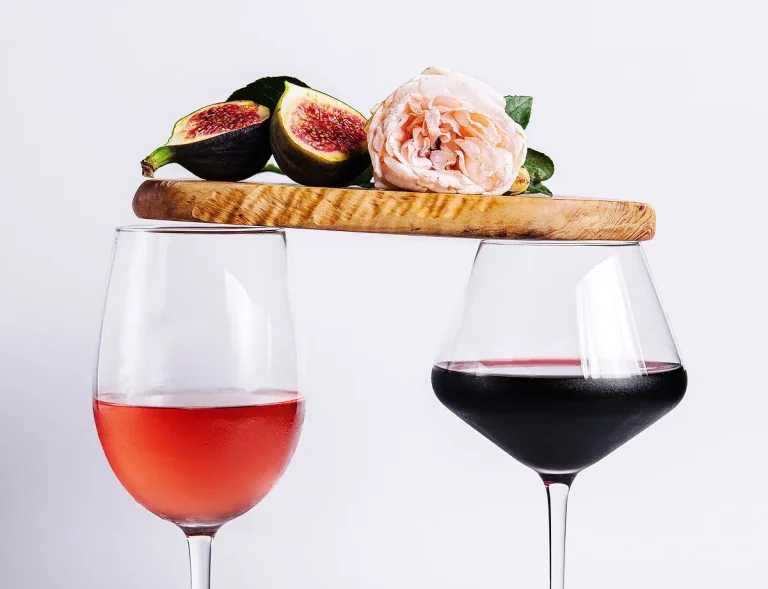🎁 Buy 6 Bottles, Get 6 FREE
What Does a Dry Wine Taste Like?

A dry wine has a crisp, refreshing taste because it contains little or no residual sugar. This happens during fermentation, when yeast converts all the natural grape sugars into alcohol. Although the aroma may be fruity or even seem sweet, the flavour itself is not sweet. Instead, dry wines are known for their high acidity, which gives them a tart or tangy edge. In red wines, tannins add structure and can produce a mouth-drying sensation.
Let’s get one thing straight: “dry” doesn’t mean boring — and it definitely doesn’t mean your mouth turns into sandpaper. If anything, dry wines are some of the most expressive, layered, and food-friendly wines out there. But understanding what dry wine tastes like is less about technical definitions and more about how you experience it — visually, aromatically, and on the palate.
If you’ve ever sipped a wine and felt unsure what to make of it — maybe it wasn’t sweet, but it wasn’t harsh either — you’ve likely tasted a dry wine. Let’s break that down, step by step.
What Does a Dry Wine Taste Like? Step by Step
Step 1: Look (Visual Inspection)
Before the first sip, the glass already tells you a story.
- Dry white wines, like Sauvignon Blanc or Pinot Grigio, often appear pale lemon or golden straw. Their clarity and brightness give you a hint: “I’m crisp, I’m clean, I’m probably zippy”.
- Dry reds, like Cabernet Sauvignon or Tempranillo, tend to be deeper ruby or garnet, with the occasional purple hue if they’re young. The colour isn’t about dryness — but it hints at structure, intensity, and sometimes age.
Expert tip: Tilt the glass and observe the “legs” (those streaks that run down after swirling). Thick, slow legs may signal higher alcohol, which often accompanies dry wines, especially reds.
Not sure what “dry” really means in wine terms? Our guide what is dry wine breaks it down simply — no jargon, just clarity.

Step 2: Smell (Aromas)
Your nose is your first tasting tool — and dry wine won’t hide behind sweetness.
- Expect herbal, floral, mineral, earthy, spicy, or fruity notes — but none of that syrupy “candy shop” aroma you might associate with sweet wines.
- Dry whites: Think citrus peel, green apple, flint, or fresh herbs.
- Dry reds: You’ll often get black cherry, leather, tobacco, violet, or forest floor.
Good dry wine is like a layered perfume: it reveals more the longer you smell. The absence of sugar lets the nuances come forward.
If your first instinct is “this smells sharp” or “a bit earthy,” you’re probably sniffing a dry wine with character.
Step 3: Taste (Palate)
Here’s where dry wine earns its name: there’s little to no residual sugar. But that doesn’t mean it’s flavourless — quite the opposite.
- The first sip will usually feel clean, crisp, or structured.
- Instead of sweetness, you’ll notice:
- Acidity – a refreshing, mouthwatering quality, especially in whites.
- Tannins – the grippy, drying sensation from red grape skins.
- Fruit – not sugary fruit, but more like biting into a tart cherry or green apple.
- Minerality – a chalky, stony taste common in dry whites.
Dry wine speaks in acidity, texture, and subtle fruit — not sugar. It’s about balance, not boldness.
If you’re curious about why a wine is dry to begin with, it’s worth digging into what makes a wine dry — there’s more chemistry to it than just “no sugar”.
Step 4: Finish and Mouthfeel
A dry wine often leaves a lingering sensation, but not a sugary aftertaste.
- Mouthfeel might be:
- Silky or waxy in dry whites like Chenin Blanc.
- Velvety or firm in dry reds like Merlot or Syrah.
- The finish might bring out earthy, spicy, or even savoury notes — think graphite, black pepper, or dried herbs.
In short: a dry wine finishes clean. You’re not left with syrupy residue. You’re left curious for another sip.
Is Dry Wine Acidic?
Usually, yes — especially whites. That acidity is what makes dry wine so food-friendly.
- In a Sauvignon Blanc, you’ll feel it like a lemon squeeze on your tongue.
- In a dry rosé, it keeps things bright and refreshing.
- In reds, acidity balances richness — it’s what keeps a Chianti from feeling too heavy with a tomato pasta.
Acidity is also what makes dry wines amazing with cheese, seafood, and anything creamy.
Is Dry Wine Bitter?
It can be — but in a good way.
- Bitterness in wine often comes from tannins in red grapes. It’s that mouth-drying grip you feel in your gums after a sip of Cabernet.
- Some dry whites may have a pleasant bitterness too — like the pith of a grapefruit in an Albariño or a saline note in Muscadet.
Think of bitterness not as a flaw, but as part of the wine’s structure and complexity — just like in dark chocolate or coffee.
Is Dry Wine Sweet?
No — and that’s kind of the point.
But here’s the twist: dry wine can still taste fruity. People often confuse “fruity” with “sweet,” but they’re not the same. A dry wine can burst with raspberry, plum, or peach — but with zero sugar on the finish.
- A dry Riesling from Alsace can taste like lime and petrol.
- A Grenache might smell like strawberry jam, but taste bone-dry.
Dry wine is like unsweetened fruit — full of aroma, lean on sugar.
If you’re navigating between bottles at the shop, wondering which ones lean dry or sweet, our dry wine vs sweet wine guide gives a side-by-side flavour comparison — helpful for both sipping and pairing.

What Does a Dry Wine Taste Like: Dry Wine = Layers, Not Sweetness
If you’re tasting a dry wine for the first time, don’t look for sweetness — look for texture, acidity, subtle fruit, and finish.
It’s the kind of wine that plays well with food, rewards your attention, and never overstays its welcome. Like a great dinner guest: interesting, complex, and leaves you wanting more.


